Introduction
In July, the world experienced an alarming milestone – it became the hottest-recorded month in human history. Heatwaves scorched regions worldwide, pushing temperatures to extremes rarely seen before. What’s more, this sweltering heat isn’t just about discomfort. It’s a deadly menace, responsible for more deaths in the United States each year than floods, tornadoes, and hurricanes combined. As climate change continues to intensify, access to cooling systems is rapidly evolving from a luxury to a critical health necessity, even a fundamental human right.
The Paradox of Cooling
In the quest to escape the relentless heat, we’ve fallen into a paradoxical trap with traditional air conditioning systems. As temperatures rise, the demand for air conditioning increases, leading to higher energy consumption and, consequently, increased greenhouse gas emissions. This cycle perpetuates itself, leading to an ever-accelerating climate crisis. According to the International Energy Agency (IEA), cooling is now the fastest-growing source of energy use in buildings, and if this trend continues, it could more than triple global energy demand for cooling by 2050.
The Refrigerant Challenge
One of the well-known issues with current air conditioning systems is their reliance on refrigerant chemicals, some of which are potent greenhouse gases. While efforts are underway to replace these substances with less harmful alternatives, refrigerants only account for a fraction of air conditioning’s environmental impact. Approximately 80% of the emissions from a standard AC unit come from the energy needed to operate it.
Innovations in Cooling Technology
Breaking free from the current cooling conundrum demands innovative solutions that deliver cooler environments with minimal environmental consequences. Several promising technologies are emerging:
- Dehumidification and Cooling Separation: Traditional air conditioning systems often overcool the air to remove moisture, making them inefficient. Newer designs separate the dehumidification and cooling processes, reducing the need for overcooling. Some systems, like those developed by Transaera, use desiccant materials to remove moisture, recycling heat generated during cooling to improve energy efficiency.
- Evaporative Cooling: Evaporative cooling is a simpler and more energy-efficient alternative to traditional vapor compression systems. It relies on the principle that as water evaporates, it absorbs heat, cooling the air. This concept, which has been used in dry climates for centuries, is being reimagined for modern air conditioning. Some designs, like those developed by Harvard University’s cSNAP team, employ hydrophobic barriers to perform evaporative cooling while maintaining humidity control.
- Hybrid Solutions: Companies are experimenting with hybrid systems that combine desiccants and evaporative cooling. These designs can significantly reduce energy consumption by efficiently managing moisture and temperature.
Challenges and the Road Ahead
While these innovative cooling solutions hold great promise, they face challenges in transitioning from testing to commercialization. Higher manufacturing and installation costs, industry inertia, and policies favoring cheaper systems all pose obstacles.
Moreover, even with the most efficient technology, the projected increase in air conditioning use due to rising demand may negate the gains in efficiency. To address this, a holistic approach is needed. Urban planning and building design must prioritize strategies that reduce the need for cooling. These include integrating greenery, water features, shading, and improved insulation into urban landscapes.
Conclusion
Cooling is a multifaceted challenge that demands a comprehensive response. As temperatures continue to rise, innovative technology is vital, but it must work in tandem with a broader commitment to sustainable urban planning and building design. The true cost of air conditioning extends far beyond utility bills. It’s a global issue that necessitates collective action and a reimagining of how we cool our world.

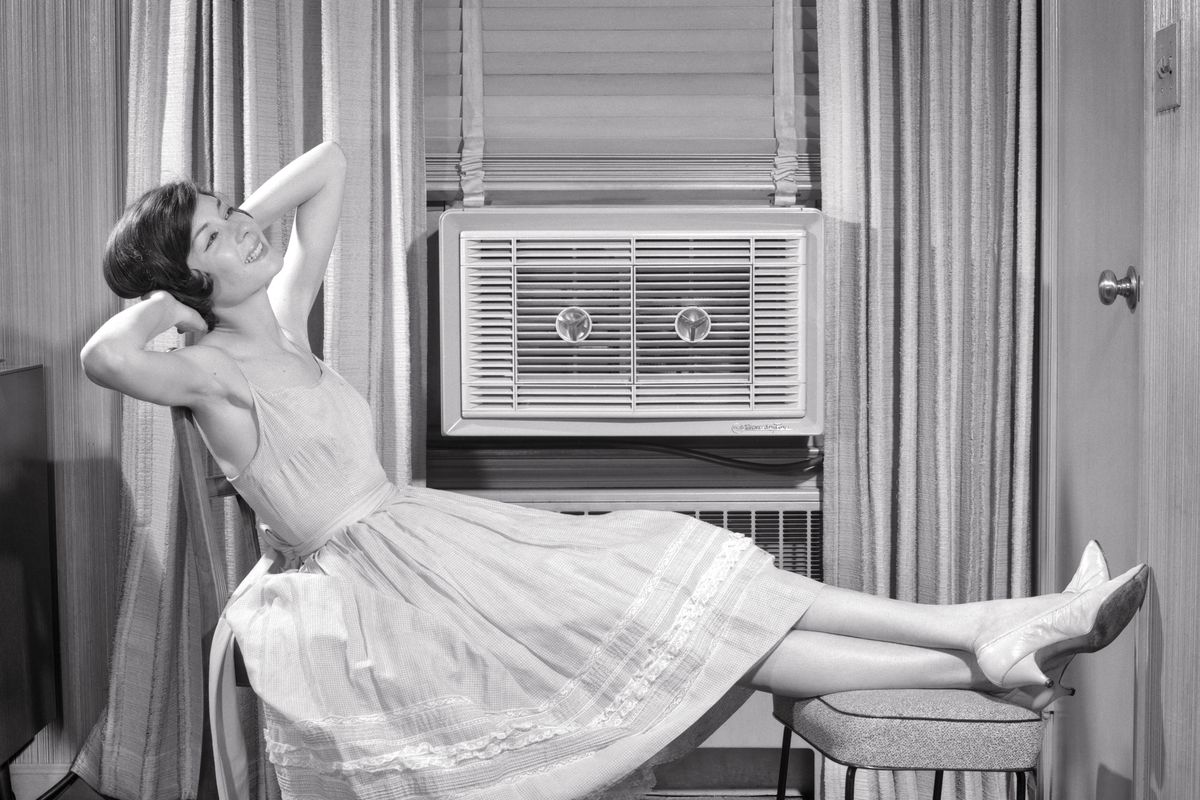

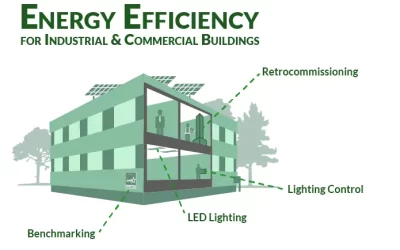
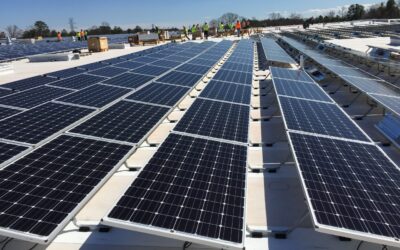
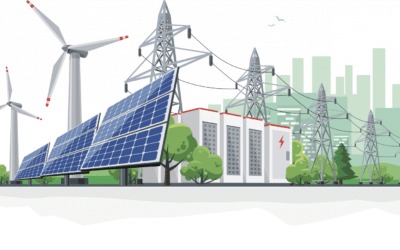
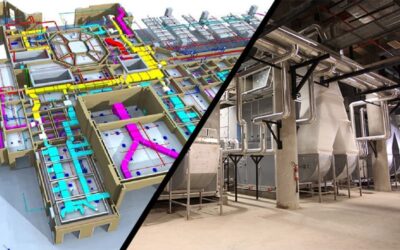

0 Comments